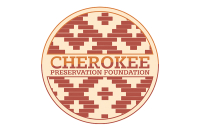Funds earmarked for Haywood drug court

A drug court could be established in Haywood County over the next couple of years if the North Carolina General Assembly passes a budget.
Sen. Jim Davis, R-Franklin, said the General Assembly was able to get funding to start four new drug courts in the state, including one in Haywood County. If the budget passes, Haywood would receive $137,807 for 2019 and $94,568 in 2020.
“But that’s depending upon the budget passing and right now the Governor has vetoed it ... hopefully it will come to fruition,” Davis said.
Drug courts are specialized court docket programs that target criminal defendants and offenders, juvenile offenders, and parents with pending child welfare cases who have alcohol and other drug dependency problems. As the drug epidemic rages on throughout the country, more jurisdictions are implementing a drug court to get defendants the recovery help they need without filling up local jails with offenders suffering from substance use disorder.
Local law enforcement has been supportive of adding a drug court in the far western counties, but funding and figuring out how it will be administered has always been a setback.
“Although I do not have the details of what the implementation of this would look like specifically in Haywood County, I do know courts like this have made a positive impact in different areas of the state. I can also tell you I fully support opportunities for people to get on a path to recovery,” said Haywood County Sheriff Greg Christopher. “Recovery heals families and the accountability that comes along with systems like this could mean a world of good for Haywood County.”
Related Items
Establishing a drug court in Haywood County would give the community one more diversion tool to combat the drug crisis. Haywood County already implemented a pre-trial release program at the beginning of 2019 to ensure pre-trial detainees receive a more timely first appearance in court and be released pre-trial if they meet certain criteria. The program is aimed at reducing the number of people being held in jail simply because they don’t have the money to make their bail.
Haywood is also participating in the LEAD (Law Enforcement Assisted Diversion) program, another jail diversion program that allows low-level offenders to be diverted into treatment instead of being incarcerated and prosecuted. Community members and law enforcement officers are also able to refer someone to the program pre-arrest in hopes of getting them treatment for addiction and/or mental illness before they get entangled in the criminal justice system.
Adding a drug court component has been a goal for some time but it didn’t seem like it could be a reality, mostly because of the geography of the judicial district. Haywood is part of a seven-county judicial district. Even though Haywood is the largest county and currently sees the most opioid overdose deaths in the state, District Attorney Ashley Hornsby Welch has said in the past a drug court for only one county in the district would be unlikely because it wouldn’t be fair to residents in the other counties.
As of June 2015, there were more than 3,000 drug courts operating throughout the U.S., with more than half targeting adults. Studies show that drug courts are one of the most effective forms of justice intervention for treating drug addiction, reducing criminal activity and reducing recidivism rates. However, only 16 out of 100 counties in North Carolina currently operate a drug court.
Buncombe County’s Adult Drug Treatment Court has been in operation for 19 years and is funded through the county behavioral health department. The diversion program offering addiction treatment in lieu of prison time was spearheaded in Buncombe by Superior Court Judge Alan Thornburg.
Recovery courts have certain criteria people have to meet to be eligible to participate in the specialty court program. In North Carolina, participants must either be diagnosed as “chemically dependent” or “borderline chemically dependent” following a screening process. They must also be assessed for legal eligibility based on the level of their offense and any other requirements established by a local court.
It’s not an easy program. Participants can take an average of 18 months to graduate after meeting all the requirements, which include community service, a treatment program and drug screenings. There is also a cost benefit to taxpayers. While it could cost a minimum of $30,000 a year to house an inmate in jail, the cost of drug court for that individual is around $5,000.









